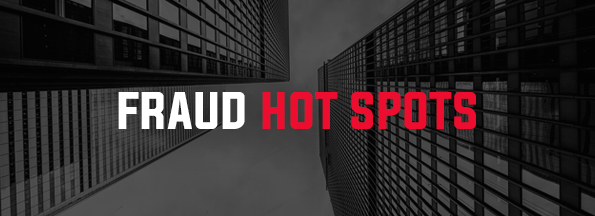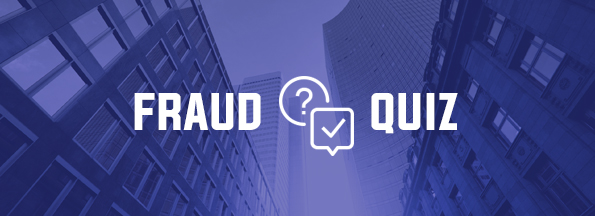Why Now is a Great Time for a Fraud Prevention Check-up

The ending of one year and beginning of a new year is a great time to give your organization a fraud prevention check-up. This natural time of reflection and renewal provides an opportunity to better protect your organization from the risks of fraud.
The Association of Certified Fraud Examiners (ACFE) suggests that a fraud check-up can save your company from disaster. Wondering how? Consider that fraud can be catastrophic, some can even put you out of business overnight. Even if survived, a major fraud can damage your company’s reputation so severely that it can be difficult, if not impossible, to recover. Performing a fraud check-up can help you pinpoint opportunities to rid your organization of fraud. It can expose your company’s vulnerabilities and allow you to take a more proactive approach to risk management.
If you’re still questioning the importance of a fraud check-up, consider the 18 fraud facts highlighted in our latest slideshow, which come from the ACFE’s Report to the Nations on Occupational Fraud and Abuse:
Tips for performing a fraud prevention check-up
The ACFE put together this fraud prevention check-up document that walks you through 7 key areas of fraud prevention. It includes fraud risk oversight, ownership, assessment, risk management policy, process, and environment-level anti-fraud controls, along with assessment factors for each. You can use the check-up to obtain a broad idea of your organization’s performance with respect to fraud prevention. Your scores/assessments across the various criteria can expose gaps that should be closed promptly in order to reduce losses and cut your risk of future disaster.
It is important to note that the ACFE recommends the check-up be performed as a collaboration between objective, independent fraud specialists, and people within the organization who have extensive knowledge about its operations.
We invite you to request a conversation with a Lowers & Associates Certified Fraud Examiner.



